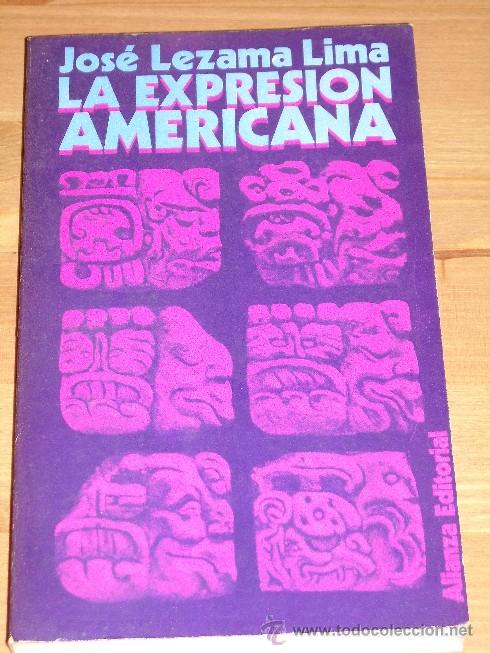4.1.2.2.13 “The American Expression”, text published in 1957 by José Lezama Lima (1910 – 1976)

In “The American Expression,” we find the first seeds of the connection between poetry and history that he defends and consolidates in his later essay work. This historical vision does not imply a poetics derived from immediate circumstances, but rather one that needs to be anchored in a time that must be that of a future solidly grounded in the cultural tradition of a people, in this case the Cuban people.
The text is made up of a set of essay pieces that stand out for the lucidity with which it addresses the theme of the American and the Cuban within this framework, among them are “Myths and Classical Fatigue”, “Birth of Creole Expression” and “Romanticism and the American Fact”, among others through which it reveals a language and a historical content that also concerns the images and a common continental cultural background, especially Latin American.
In “Myths and Classical Fatigue,” he already displays his poetic interpretation of history, in which the imaginary plays an important role in understanding the past, through poetry and not solely through the reduction of science. His “imaginary eras” have a clear connection with these concepts, in which the understanding of the world and its future is richer than ever before glimpsed in our literature.
For its part, “Romanticism and the American Fact” contains interesting insights into the links between the popular and the religious and the way in which these have developed throughout Latin American history, in terms of their poetic consequences.
“Birth of Creole Expression” is one of the many texts in which Lezama explores the figure of José Martí and his significance for both poetry and the historical dawn of the nation. He also highlights the figures of Rubén Darío and César Vallejo as a triad that supports the Creole heuristic—if one can use this term in poetry—that cements the linguistic profusion of the particular baroque style of the American culture.








